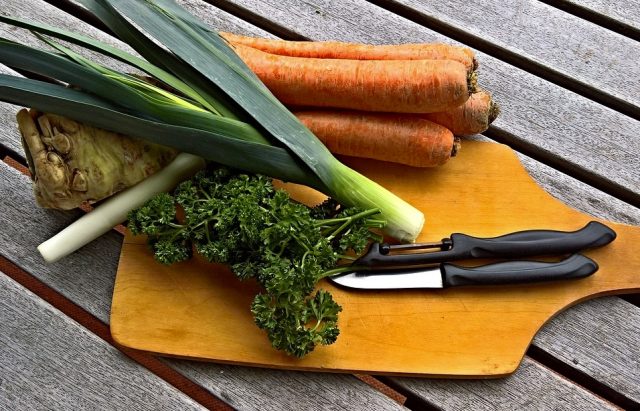No, that’s not a misspelling of “vegan.” The pegan diet is a unique diet that takes some of the tenants of veganism and combines them with key parts of the paleo diet to create a lifestyle that’s actually more flexible (and thus, more sustainable) than either of its parent diets are on their own.
What Is Peganism?
Peganism is a dietary philosophy created by Dr. Mark Hyman in an attempt to find a sustainable way to eat healthy. Like veganism, it encourages a primarily plant-based diet and like paleo, it focuses on eating whole foods as well as avoiding highly processed foods and added sugars.
However, it’s also designed to give its practitioners a little wiggle room. Because unlike in veganism, pegan dieters are allowed (and encouraged) to get 25% of their daily calories from animal products like meat or eggs.
And things like gluten or sugars, while discouraged, are not wholly disallowed in the pegan diet the way they are in paleo, so long as they are eaten in small amounts.
All in all, peganism is meant to be a diet that people can start and actually stick with, because even though it has rules, they’re not as restrictive or as difficult to maintain as some other dietary philosophies are.
How to Get Started
As with most dietary and lifestyle changes, it’s better to take it slow. Particularly if you’re the kind of person who doesn’t like to cook or doesn’t cook very often, you’ll need to make small changes over time to ease into a more whole-food-based diet like the pegan diet.
First, as always, you should talk to your doctor before attempting a new diet or fitness plan, so you can be certain that you’re making the right choice for your specific health situation and needs.
Once you’ve determined that this is what you want to do and that it really is the best choice for you and your body, you can get started.
Focus on Adding, Rather Than Taking Away
Yes, the pegan diet does have restrictions. You can’t eat most dairy products, for example, or most things that contain gluten. But if you focus on everything you’re losing, you’ll never be able to stick to your goals.
Instead, reframe your perspective. Instead of thinking about the fact that you can’t eat cheese or bread as often, focus on the tasty and healthy foods that the pegan diet will add to your life. Things like fruits, berries, vegetables, which not only taste good but are good for you, too.
Be Realistic with Your Goals
It’s easy to go into a new diet plan thinking that you’re going to be able to hit all of your health goals in just a few weeks, but dietary changes take a long time.
Particularly when you’re just getting started, it can be useful to set goals that are easy to achieve, so that you’ll feel like you’re making progress and that will encourage you to keep going.
At the same time, though, don’t beat yourself up if you slip up or backslide every once in a while. We’re all human, which means we all make mistakes sometimes. Just learn from it and keep moving forward.
Change Your Buying Habits
If you don’t have processed foods or unhealthy snacks in the house, you won’t be tempted to eat them. Make a list of the things you want to buy before you go to the grocery store, be sure to eat something before shopping (to avoid those impulse buys you’ll regret later), and then stick to your list.
Final Thoughts
Like any diet, the pegan diet takes some effort to get into, but once you get started, you’ll find that the flexibility and options it allows give you all the tools you need to create a healthier lifestyle that’s actually sustainable in the long-term.

A professional writer with over a decade of incessant writing skills. Her topics of interest and expertise range from health, nutrition and psychology.


